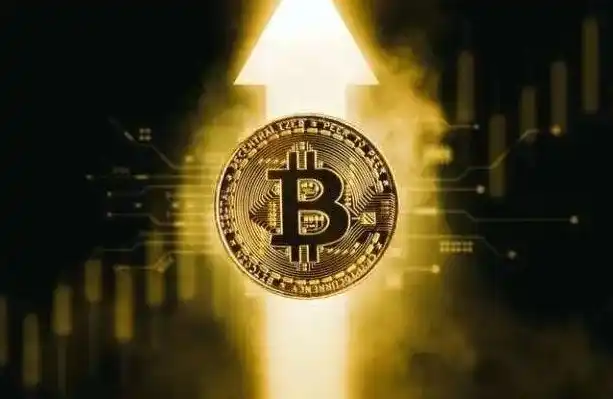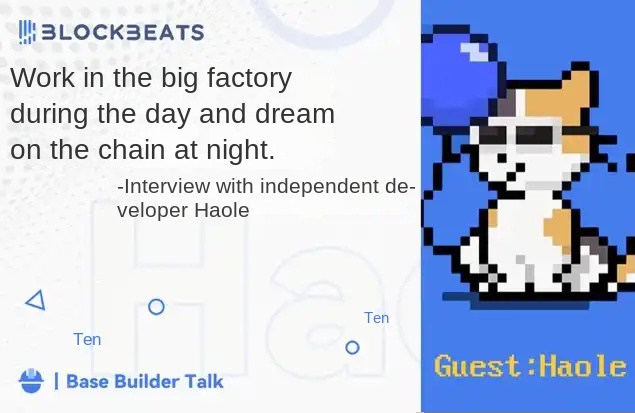A One-Week Surge of 500%: Understanding Sonic's "DeFi Engine" Shadow Exchange
One of the hottest sectors in the Sonic ecosystem right now is Shadow Exchange. The market capitalization of its native token $SHADOW has surged from around $5 million to the current $31.84 million in a week, marking an increase of over 500%. Shadow Exchange currently hosts 457 liquidity pools with a 7-day trading volume of $557 million and a daily peak trading volume of $171 million.

While other chains have been continuously distracted by various unexpected events in the meme market, Sonic Labs has been focusing on DeFi development. Sonic has announced several new measures to incentivize DeFi projects in its ecosystem, resulting in a 500% increase in Sonic's TVL in just under a month. Within just two months, Sonic has gone from 0 to over $500 million in TVL, with a net inflow of external funds of $110 million on-chain, where Solana dominates followed closely by Base and ETH. The DEX trading volume on Sonic has also surpassed the $1 billion mark.
Shadow Exchange is a Sonic-native centralized liquidity layer and exchange. In the fast and low-cost EVM-compatible Layer 1 ecosystem of Sonic Chain, Shadow Exchange, as one of its core trading protocols, has transformed the traditional ve(3,3) model into an x(3,3) incentive model, attracting the attention of a large number of investors.
Related Sonic Reading: "TVL Grows Fivefold in One Month, Will AC Brother Make Sonic the New DeFi Yield Capital?"
Familiar with (3,3), But with an Additional x
The history of decentralized finance has always been marked by repeated attempts to solve the "DEX Trilemma," which is how to coordinate incentive mechanisms among traders, liquidity providers, and token holders. While Andre Cronje's ve(3,3) model theoretically addressed this issue by balancing incentives among all participants, the long lock-up period created a high-friction system, forcing users to lock their tokens to fairly participate in the incentive model.
Uniswap focuses on a simple two-sided system: traders and liquidity providers (LPs). ve(3,3) improves this by appropriately adjusting incentives to align with token holders' interests, but the distribution of these incentives is unfair and heavily biased towards the protocol.

The x(3,3) model addresses these issues, allowing for instant withdrawal and unlocking restrictions through incentives. Users can participate in governance by staking platform tokens and vote on the emission weight of the liquidity pool. Voters can receive fee sharing and additional "bribe rewards," incentivizing long-term token holders to actively engage in the ecosystem development. The following image clearly illustrates the entire DeFi model flow:

The $SHADOW token is the most original token that can be freely exchanged with other currencies. $SHADOW can be exchanged 1:1 with xSHADOW tokens, which are at the core of the entire model. xSHADOW stakers can vote to directly allocate rewards to LPs, while staking also provides 100% of protocol fees, voting rewards, and exit penalties.
Regarding user exits, Shadow has implemented a unique Player-vs-Player (PvP) rebase mechanism, where the exit penalty flows to xSHADOW stakers. When a user prematurely exits their xSHADOW position, 100% of the confiscated tokens will flow to existing xSHADOW stakers proportionally to their position. As for token selection, users can claim the more liquid SHADOW for default APY or the illiquid xSHADOW for double APY.
Users can convert xSHADOW to SHADOW at any time: immediate conversion (50% penalty) or conversion within a chosen vesting period (based on a ratio, e.g., 3 months = 1:0.73). The longer the vesting period, the more favorable the conversion rate, achieving a 1:1 conversion with no penalties after a full 6-month vesting period.
Voting Incentives
xSHADOW holders earn rewards through active participation and voting. When holders vote to support liquidity through a gauge vote, they proportionally share all fees generated by that liquidity, as well as additional voting incentives provided by the protocol to encourage participation. The primary purpose of xSHADOW tokens is to guide the distributed token rewards through voting towards increasing liquidity, with this portion of token rewards distributed based on the total percentage of votes in that period. For example, if 100,000 xSHADOW is distributed in a single period, and 10% of all votes are allocated to the SHADOW/USDC pair, this pair will receive 10,000 xSHADOW tokens, which will be linearly distributed to the liquidity providers of the relevant LP pair throughout the period.

Liquidity Staking
The design purpose of Shadow is to eliminate friction in the ve(3,3) model, with managing voting power being one of its biggest sources of friction. After staking liquidity into xSHADOW, $x33 can be minted, streamlining this process through automated voting and reward claiming without disrupting the core mechanism of xSHADOW. The $x33:xSHADOW ratio starts at 1.00:1.00 and gradually shifts towards $x33 as rewards accumulate from fees, voting incentives, and resets. At the end of each period, rewards from fees and voting incentives are automatically sold to increase the $x33:xSHADOW ratio. While $x33 provides immediate liquidity, it still does not bypass the exit penalty of xSHADOW. As a liquidity staking version of xSHADOW, the market price of $x33 will naturally reflect the instant withdrawal fee structure and cannot be traded below the redemption value of xSHADOW.

Shadow adopts a unique player-vs-player (PvP) approach, enhancing the traditional ve(3,3) anti-dilution model to both shield xSHADOW holders from dilution and incentivize them to maintain their positions and participate in SHADOW's ongoing success. Stakers who remain in xSHADOW longer will earn more fees, voting incentives, user, and emission exit rewards, allowing users to exit their positions at any time to ensure rewards flow to those most valued and consistently involved. This mechanism not only encourages avoiding premature exits but also ensures that remaining participants are rewarded for loyalty and active engagement.
With the rapid growth of Sonic Chain TVL (increasing 13x since early 2025 to $357 million) and endorsements from core developers like Andre Cronje, Shadow Exchange is poised to leverage ecosystem momentum and become the benchmark for the next generation of DeFi trading protocols. Shadow Exchange is not just a technical sandbox for the Sonic Chain but also a forefront of DeFi governance and liquidity innovation, providing a new paradigm for traders, liquidity providers, and projects.
Welcome to join the official BlockBeats community:
Telegram Subscription Group: https://t.me/theblockbeats
Telegram Discussion Group: https://t.me/BlockBeats_App
Official Twitter Account: https://twitter.com/BlockBeatsAsia
 Forum
Forum OPRR
OPRR Finance
Finance
 Specials
Specials
 On-chain Eco
On-chain Eco
 Entry
Entry
 Podcasts
Podcasts
 Data
Data


 Summarized by AI
Summarized by AI







